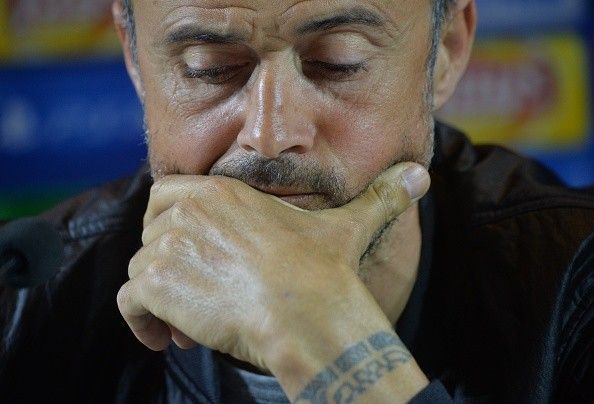
5 tactical changes Luis Enrique's Barcelona has made because of injuries this season
If one word could describe FC Barcelona’s season so far, it’d have to be injuries. Luis Enrique, the coaching staff that surrounds him, and his thin squad will all have to come together and adapt in a number of ways to make it to January.The month now seems quite distant and somewhat far beyond reach. It could be argued that a long summer with plenty of internationals participating in the Copa America, a lengthy preseason tour in the United States, tough scheduling on early season Supercopas with back to back games, and a difficult early season La Liga fixture list have all played their part in making FC Barcelona look incredibly fatigued, thereby contributing to their injury troubles.However, even if we consider how low fitness levels make injuries more likely, nobody could have foreseen anything like this happening to such a degree. So, in light of this adversity, how has Luis Enrique changed his approach?No matter what he decided to do, the circumstances would inevitably force his hand. On a tactical level, he has maintained the loose system that won him the treble last season. Rather than develop a new system entirely, he has given players slightly different roles within it. The players are interpreting these roles in a new and original way within last season’s overarching framework.Like the rest of the team, Luis Enrique too is waiting for January. And so is his system. Here are five tweaks that have been made to make sure that squad gets there intact.
#1 Neymar in the no. 10 role

It was inevitable that everyone would turn to Neymar in Messi’s absence. Yet, it is the way in which he has adapted, not the fact that he has, that is most interesting and revealing. Without Messi’s organizational abilities, the team loses its focal point.
In build-up, Messi drops next to Busquets to ensure possession. Once with the ball, he creates advantages through dribbling or his sweeping balls to the opposite wing. And then there is his finishing. Without the Argentine, the team has had to attack much more in transition, with Neymar leading each and every counter-attack as play tilts leftward.
Just like during his Santos days, it is now Neymar who has the tactical freedom to alternate receiving the ball on the wing and in more central positions in the 10 role. Neymar’s newfound responsibility and leadership is evident in each joyous touch, the excitement in each counter-attack he leads. There is a happiness deep within each goal reflective of the Brazilian way of life.
Without Messi, Neymar has been forced to grow up more quickly, transitioning from boy to man. And he is doing so by proudly returning to his origins. This is the only way he knows how- with a smile and a dance.